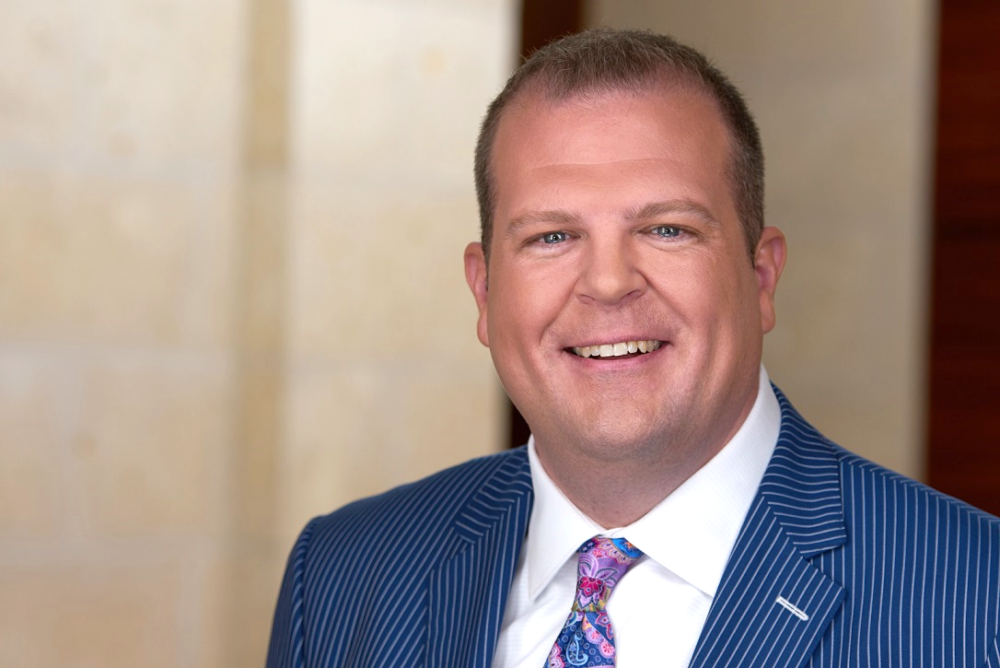Provided by Eric Kala CFP®, CIMA®, AEP®, CLU®, ChFC®, CRPS®
By Sarita Harbour
The term “investing” can strike fear into many people. But if you start small and work with a professional who can help guide your investment choices, it doesn’t have to be unnerving.
Paul Foster, a wealth management advisor with Northwestern Mutual, explains that you don’t need a big chunk of money to start investing. “People often tell me that they’ve been wanting to come in for five, even 10 years, but they were intimidated,” he said. “The most important thing you can do is to get started.”
Here are some things to keep in mind when beginning to invest.
Know Your Risk Tolerance
Before you start, understand how various investments will match your needs and comfort level. Risk tolerance is an investor’s willingness to accept investment price declines while waiting for them to increase, according to Nasdaq’s investing glossary.
“There are a number of tools available online or from advisors to help you figure out your risk tolerance,” said Mark McLennon, Northwestern Mutual Wealth Management Company’s vice president of Investment Advisory Services. These tools, known as investor profiles, ask questions covering time horizons, investment goals and more.
“Usually there will be a question with ranges,” he said. “Like if your investments go down 20 percent in the short term, but are rising in the long term, how comfortable would you be?”
A tally of the answers determines risk tolerance: Northwestern Mutual uses the terms conservative, moderately conservative, balanced, aggressive or very aggressive. Your tolerance level will help point to the appropriate mix of investments you should hold.
Stocks, Bonds, Alternatives
Today’s investors have access to a huge variety of investments. Stocks refer to ownership shares in a corporation. Bonds are debt instruments issued by governments and companies. Mutual funds and exchange-traded funds are pools of money managed by an investment company. Alternative investments are non-traditional investments, including hedge funds.
Consider goals, time horizon and risk tolerance when selecting investments. Each investment type has a different purpose and a different degree of risk and liquidity (how easy it is to buy or sell).
“Every dollar we save has to have a job description based on the time horizon and goal of the money,” Foster said. Therefore, each dollar should be allocated to a specific goal, which can be short or long term. While buying a car within the next five years is a short-term goal, saving for a child to attend college in 10 years is a long-term goal. Your investment choices should reflect your goals.
Diversify, Rebalance and Be Consistent
Diversification means dividing your money between different types of investments and asset classes (groupings of distinct investments that have similar characteristics, such as large, publicly traded U.S. companies or bonds from countries with emerging economies) that react differently to economic, political and other influences. This helps reduce the risk of losing money if one asset class decreases in value.
“Having 10 large-cap companies is more diverse than having just one stock; however, what if all of the companies in one asset class go down?” cautioned McLennon, who advises having exposure to multiple uncorrelated asset classes. “That way you’re more diversified.”
Long-term investment growth depends on consistency, Foster said. “A lot of people who invest tend to panic when the market fluctuates,” he added. Foster said it’s important to diversify and put money in every month. And doing so may help mitigate some of the risks of the market. “Ninety percent of the heavy lifting is being able to save in a regimented manner,” said Foster. “Slow and steady wins the race.”
As the markets change, McLennon advised rebalancing back to your target asset allocation (the combination of asset classes you are aiming to hold within your portfolio). “Let’s say you have a target of 60 percent stocks and 40 percent bonds,” he said. “Stocks go up, so now you have a 70/30 split. Rebalance to get back to your 60/40 target.” To do this, you would sell the excess 10 percent you hold in stocks and buy additional bonds. This way you’re selling “high” (investments that have recently appreciated) and buying “low” (investments that have gone down), said McLennon.
Don’t Forget Taxes and Fees
Novice investors may overlook the effect of taxes on investment dollars.
“Taxes can impact your return because they can take a large chunk out of non-qualified money,” said McLennon. Non-qualified refers to assets held outside tax-qualified retirement plans in which you’ll pay tax on investment gains when selling the underlying investments or when interest or dividends are received. It’s also important to review the taxation of your entire investment portfolio. Talk to a tax professional or accountant for advice on your particular tax situation, McLennon suggested.
Also watch for fees. “There are embedded fees as well as [commissions or] advisor fees,” said McLennon. Advisor fees are paid by individual investors to the financial advisor providing advice and/or investment management on the overall portfolio.
To potentially minimize fees, compare investments available within the asset class.
Be Wary, and Be Patient
Successful independent investing requires commitment and a willingness to learn. And sometimes, despite following professional advice or online tool recommendations, you may still be leery of new investments. That’s okay, said McLennon.
“Do a gut check,” he advised. Revisit the questions regarding risk tolerance, as well as your overall plan, if you don’t feel comfortable with the investment choices.
Foster said new investors shouldn’t be in a hurry to see gains. “Be patient,” he said. “Look at the history of the stock market.” And if you’re still uncertain about your investment choices and decisions, Foster said there’s plenty of help available. “Find guidance and qualified professionals who will help you be more comfortable.”
Originally published on Northwestern MutualVoice on Forbes.com.
All investments carry some level of risk including the potential loss of principal invested. No investment strategy can guarantee a profit or protect against loss.
Sarita Harbour writes about personal finance, business, and technology. She is a former financial adviser and holds the Personal Financial Planning Designation from the Institute of Canadian Bankers.
Article prepared by Northwestern Mutual with the cooperation of Eric Kala. Avid Wealth Partners is the marketing name for The Northwestern Mutual Life Insurance Company, Milwaukee, WI (NM) (life and disability insurance, annuities) and its subsidiaries Avid Wealth Partners is the marketing name for The Northwestern Mutual Life Insurance Company, Milwaukee, WI (NM) (life and disability insurance, annuities) and its subsidiaries. Eric Kala is a Wealth Management Advisor with Northwestern Mutual, the marketing name for The Northwestern Mutual Life Insurance Company (NM), Milwaukee, Wisconsin, and its subsidiaries. Wealth Management Advisor is an agent of NM based in San Antonio, TX. To contact Eric Kala, please call (210) 446-5752, e-mail him at eric.kala@nm.com or visit his Web site at avidwealthpartners.com. This information is not intended as legal or tax advice. Not all products mentioned in this article are offered through Northwestern Mutual.







Recent Comments